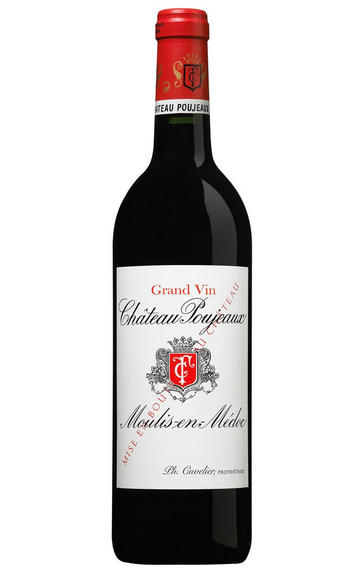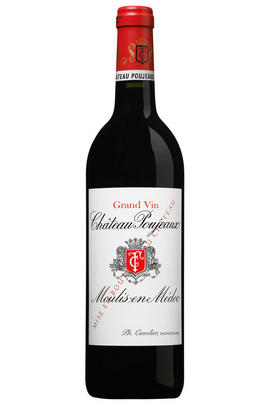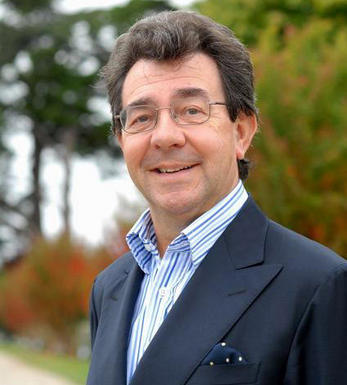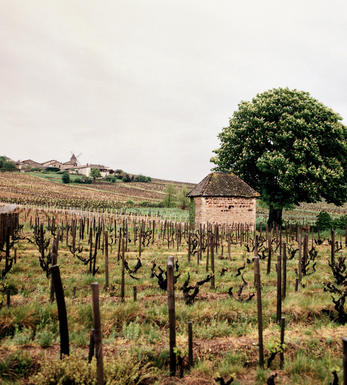
2004 Château Poujeaux, Moulis-en-Médoc, Bordeaux

Critics reviews
Robert M. Parker, Jr. - 29/06/2007
About this WINE

Chateau Poujeaux
Château Poujeaux is a leading Cru Bourgeois property that consistently produces wines of Grand Cru Classé quality. Poujeaux is located in the commune of Moulis and can trace its history back to the 16th century. It has been owned and run since 1921 by the Theil family and today it is brothers Philippe and François who are at the helm.
Poujeaux's 52-hectare vineyard is located in a single plot on a well-sited gravel ridge just outside the village of Poujeaux. The wine is a blend of Cabernet Sauvignon (50%), Merlot (40%), Cabernet Franc (5%) and Petit Verdot (5%).
The legendary 1953 Poujeaux was famously mistaken by Baron Rothschild for Lafite, and remains the finest wine the property has ever produced. Poujeaux wines are typically deeply coloured, wonderfully perfumed on the nose and display a seductive, creamy texture with densely concentrated cassis fruits on the palate.

Moulis
This is the smallest of the six Médoc communes but boasts a wide variety of soils and terroirs. Moulis is one of the two communal appellations located on the Atlantic side of the Médoc. It is positioned directly south of Listrac and even though it adjoins Margaux - the Médoc appellation with the highest number of Cru Classé châteaux - there are none here.
In the context of the Médoc, Moulis is hilly country, studded with a diversity of gravels, limestone and clay. These are sturdy wines, but the best are capable of considerable longevity and are often seductively perfumed. Generally they have more power than Margaux wines, albeit with less finesse and elegance.
Recommended Châteaux: Ch. Chasse-Spleen, Ch. Poujeaux, Ch. Maucaillou.

Cabernet Sauvignon Blend
Cabernet Sauvignon lends itself particularly well in blends with Merlot. This is actually the archetypal Bordeaux blend, though in different proportions in the sub-regions and sometimes topped up with Cabernet Franc, Malbec, and Petit Verdot.
In the Médoc and Graves the percentage of Cabernet Sauvignon in the blend can range from 95% (Mouton-Rothschild) to as low as 40%. It is particularly suited to the dry, warm, free- draining, gravel-rich soils and is responsible for the redolent cassis characteristics as well as the depth of colour, tannic structure and pronounced acidity of Médoc wines. However 100% Cabernet Sauvignon wines can be slightly hollow-tasting in the middle palate and Merlot with its generous, fleshy fruit flavours acts as a perfect foil by filling in this cavity.
In St-Emilion and Pomerol, the blends are Merlot dominated as Cabernet Sauvignon can struggle to ripen there - when it is included, it adds structure and body to the wine. Sassicaia is the most famous Bordeaux blend in Italy and has spawned many imitations, whereby the blend is now firmly established in the New World and particularly in California and Australia.


Buying options
Add to wishlist
Description
"Savoury, sophisticated nose. Attractive iodine note with some marked ripeness. Lots of solid tannin, pretty closed at the moment but there is lots built in here. I'd bet on this having a solid future, even if it may never be a wine that will soar. Drink 2015-23." 16/20 points. (Jancis Robinson - www.jancisrobinson.com - 10-Apr-2005)
wine at a glance
Delivery and quality guarantee